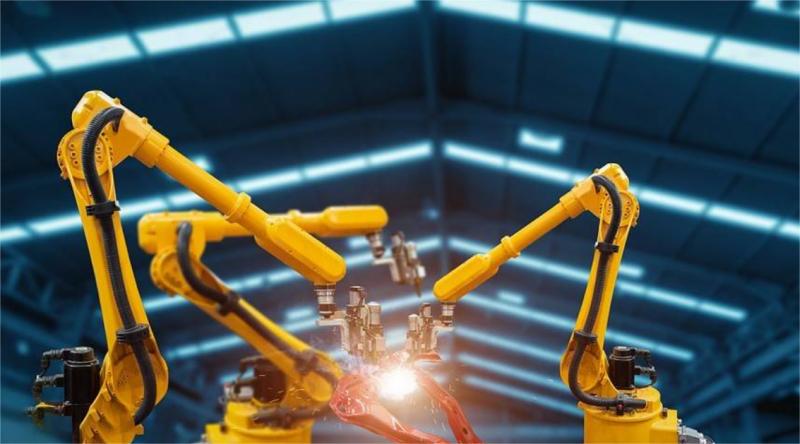With the development of industrial automation, robots are increasingly used in production lines. In order to achieve efficient and precise motion control, the multi-axis motion of robots must be able to achieve synchronous operation, which can improve the motion accuracy and stability of robots and achieve more efficient production line operation. At the same time, it also provides a basis for the collaborative work and collaborative control of robots, so that multiple robots can coordinate motion at the same time to complete more complex tasks. The real-time deterministic Ethernet protocol based on EtherCAT provides us with a feasible solution.
EtherCAT is a high-performance, real-time industrial Ethernet communication protocol that enables fast data transmission and synchronous operation between multiple nodes. In the multi-axis motion control system of robots, the EtherCAT protocol can be used to realize the transmission of commands and reference values between control nodes and ensure that they are synchronized with a common clock, thereby enabling the multi-axis motion control system to achieve synchronous operation. This synchronization has two aspects. First, the transmission of commands and reference values between each control node must be synchronized with a common clock; second, the execution of control algorithms and feedback functions must also be synchronized with the same clock. The first synchronization method has been well understood and has become an inherent part of network controllers. However, the second synchronization method has been ignored in the past and now becomes a bottleneck for motion control performance.
Specifically, the EtherCAT-based robot multi-axis synchronous motion control method includes two key aspects of synchronization: the transmission synchronization of commands and reference values, and the execution synchronization of control algorithms and feedback functions.
In terms of the transmission synchronization of commands and reference values, the control nodes transmit commands and reference values through the EtherCAT network. These commands and reference values need to be synchronized under the control of a common clock to ensure that each node performs motion control at the same time step. The EtherCAT protocol provides a high-speed data transmission and synchronization mechanism to ensure that the transmission of commands and reference values is highly accurate and real-time.
At the same time, in terms of the execution synchronization of control algorithms and feedback functions, each control node needs to execute the control algorithm and feedback function according to the same clock. This ensures that each node performs operations at the same time point, thereby realizing the synchronous control of multi-axis motion. This synchronization needs to be supported at the hardware and software levels to ensure that the execution of the control nodes is highly accurate and real-time.
In summary, the EtherCAT-based robot multi-axis synchronous motion control method realizes the transmission synchronization of commands and reference values and the execution synchronization of control algorithms and feedback functions through the support of real-time deterministic Ethernet protocol. This method provides a reliable solution for multi-axis motion control of robots and brings new opportunities and challenges to the development of industrial automation.
Post time: Feb-20-2025








